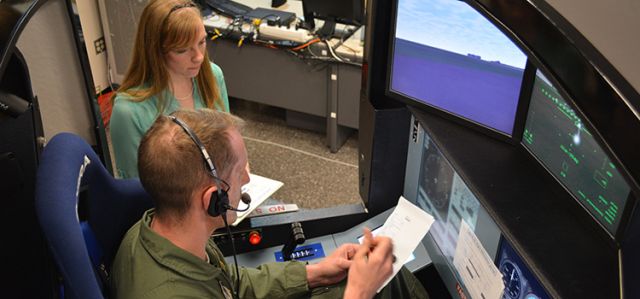Muscle Synergies May Improve Optimization Prediction of Knee Contact Forces During Walking
Document Type
Article
Publication Date
2-2014
Publication Source
Journal of Biomechanical Engineering
Abstract
The ability to predict patient-specific joint contact and muscle forces accurately could improve the treatment of walking-related disorders. Muscle synergy analysis, which decomposes a large number of muscle electromyographic (EMG) signals into a small number of synergy control signals, could reduce the dimensionality and thus redundancy of the muscle and contact force prediction process. This study investigated whether use of subject-specific synergy controls can improve optimization prediction of knee contact forces during walking. To generate the predictions, we performed mixed dynamic muscle force optimizations (i.e., inverse skeletal dynamics with forward muscle activation and contraction dynamics) using data collected from a subject implanted with a force-measuring knee replacement. Twelve optimization problems (three cases with four subcases each) that minimized the sum of squares of muscle excitations were formulated to investigate how synergy controls affect knee contact force predictions. The three cases were:
- Calibrate+Match where muscle model parameter values were calibrated and experimental knee contact forces were simultaneously matched.
- Precalibrate+Predict where experimental knee contact forces were predicted using precalibrated muscle model parameters values from the first case
- Calibrate+Predict where muscle model parameter values were calibrated and experimental knee contact forces were simultaneously predicted, all while matching inverse dynamic loads at the hip, knee, and ankle.
The four subcases used either 44 independent controls or five synergy controls with and without EMG shape tracking. For the Calibrate+Match case, all four subcases closely reproduced the measured medial and lateral knee contact forces (R2 ≥ 0.94, root-mean-square (RMS) error < 66 N), indicating sufficient model fidelity for contact force prediction.
For the Precalibrate+Predict and Calibrate+Predict cases, synergy controls yielded better contact force predictions (0.61 < R2 < 0.90, 83 N < RMS error < 161 N) than did independent controls (-0.15 < R2 < 0.79, 124 N < RMS error < 343 N) for corresponding subcases. For independent controls, contact force predictions improved when precalibrated model parameter values or EMG shape tracking was used. For synergy controls, contact force predictions were relatively insensitive to how model parameter values were calibrated, while EMG shape tracking made lateral (but not medial) contact force predictions worse. For the subject and optimization cost function analyzed in this study, use of subject-specific synergy controls improved the accuracy of knee contact force predictions, especially for lateral contact force when EMG shape tracking was omitted, and reduced prediction sensitivity to uncertainties in muscle model parameter values.
Inclusive pages
021031-1 to 021031-9
ISBN/ISSN
0148-0731
Copyright
Copyright © 2014, American Society of Mechanical Engineers
Publisher
American Society of Mechanical Engineers
Volume
136
Issue
2
Peer Reviewed
yes
eCommons Citation
Walter, Jonathan P.; Kinney, Allison; Banks, Scott A.; D'Lima, Darryl D.; Besier, Thor F.; Lloyd, David G.; and Fregly, Benjamin J., "Muscle Synergies May Improve Optimization Prediction of Knee Contact Forces During Walking" (2014). Mechanical and Aerospace Engineering Faculty Publications. 35.
https://ecommons.udayton.edu/mee_fac_pub/35
COinS



